What is Track Lighting?
Tire or track light - a design involving the fastening of individual light sources on a special busbar. At the same time, the lamps can be positioned anywhere on the base, which opens up a lot of possibilities for adjusting the directional glow.
Track lights consist of:
- plafonds with lamps,
- guide (busbar, track),
- plugs,
- connectors,
- suspensions (not always needed)
- and a voltage transformer.
The principle of operation is simple: The track has 2 functions - current distribution and lamp holding. The busbar is attached directly to the wall / ceiling, or mounted on hangers. Wires are connected to it, then lamps are installed using special clamps.
Due to the presence of special connectors and the ability to change the standard size, track structures are assembled in different shapes and sizes.
The photo shows an example of using track lighting in the studio.
Pros and cons
Dignity track lighting system in the interior:
- Ease of installation... Installing a functional system is no more difficult than fixing a chandelier.
- Wide adjustment possibilities... Not only the direction of the luminous flux changes, but also the angle of dispersion, as well as the height of the installation.
- Reconfigurations... Changed the space by making permutation? Adjust the light simply by rotating or repositioning the lights.
- Big choice... Track lights come in different colors, shapes, sizes. On sale there are options for various interior styles.
- Versatility... Often times, just a track is enough for 100% room lighting. It functions as a ceiling, directional, wall lighting.
Disadvantages there are practically no tire lamps in the interior. The only downside is the relatively high price. But if you take into account the savings on the purchase of additional light sources, the cost of electrical wiring, payment to workers - track-type lighting devices will cost even less than conventional ones.
What types are there?
By type of lamps track lights are:
Halogen
Improved incandescent bulbs with added buffer gas. Thanks to the refinement, they shine brighter, work longer. They are considered among the most inexpensive.
Luminescent
Bright, economical. Usually used for accent lighting.
LED
Diodes are the most modern track solution. They shine brightly and evenly, serve for a long time, are economical in electricity consumption.
By the number of phases:
Single phase
All lamps are controlled by one button, there is no possibility of setting up scenarios.
Two-, three-phase
Lamps are divided into 2-3 groups, controlled from different buttons of the switch. Included separately.
What to consider when choosing?
When choosing track lighting for your interior, pay attention to the following characteristics:
type of instalation
First of all, decide on what basis and how you are going to install the structure - the choice of the main element - the profile - depends on this. They are suspended, overhead and built-in.
Element material
Lightweight and durable aluminum is an excellent choice for both tires and lampshades.
Management capabilities
In the previous section, we have already discussed busbar trunking options in terms of the number of phases: one phase is usually sufficient in unidirectional rooms, such as a hallway or a bathroom. Two or three are already needed in bedrooms, living rooms, kitchens, offices, children's rooms.
Thanks to the configuration, you can install a single system, for example, over the work area and dining table, but enable / disable elements separately from each other.
Pictured is a black tire loft style lamp
Type, lamp power
Using modern diode bulbs, you simultaneously save on electricity and provide yourself with even, bright lighting without flickering, glare. Although LEDs are more expensive than halogen ones, they last longer: 7-9 years on average.
To correctly determine the required power, you should calculate the required figure for the area of the room: For example, a living room requires ~ 3W (LED!) bright light per square meter. Accordingly, a living room of 20m2 will need lamps with a total power of 60 watts. It can be 10 pieces at 6 W or 6 brighter ones at 10 W.
Extra features
In bathrooms and toilets, it is imperative to choose accessories with a protection of at least IP44 - otherwise, high humidity can lead to a short circuit in the wiring. The second example is the mains voltage: do you need 220, 380 or 12 volts?
Design
The decorative component includes stylization, color, shape of the shades. For example, for style high tech minimalistic and futuristic models are suitable. IN classic interior flexible ceiling lights will look better. For loft style in general, there are track lights in the form of suspensions.
Concerning shade - select for your interior. Standard color variations include white, black, chrome. Less common are bronze, copper, platinum, gilding. Even more rarely, colored designer sets.
The last difference is body shape... A cylinder or a cone is considered universal. Fashionable original ones resemble small spotlights, suitable as an idea for modern interiors. There are also balls, squares, flat circles, elongated oblong lamps.
How best to arrange?
The placement of track lights in a room depends on 2 components: the shape of the room and its functionality. Hence, there are 3 main layouts:
Take a look examples of the location of fixtures on a stretch ceiling.
Line
Used in three cases.
- First: when track lights are part of the overall lighting concept. In this situation, they illuminate one of the zones: for example, a work table, a countertop in the kitchen, a wardrobe.
- Second: The tire is positioned in a narrow elongated space. For example, a corridor. Then there is more than enough directional bright light along the center.
- The third - a wide room where the light lines are set parallel to each other. The number of lines is not limited. Usually 2-5.
Angle
When there are not enough lines, but you do not want to occupy the entire territory of the ceiling with a track. Often used in corner kitchens, over corner sofas, in L-shaped layouts.
Square, rectangle
The "closed" figure outlines the contour of the room: it is relevant in the case when all the illumination is tied to the track lighting. Lamps are placed along the contour, directing in different directions - somewhere to highlight a picture on the wall, somewhere a table.
Sometimes it is also used in conjunction with a chandelier in the center or for room zoning with an open plan. For example, a square of tracks highlights the living room area.
The photo is contour lighting in the living room
The last nuance concerns not the form, but the format.: most often track lights are installed overhead. That is, the tire and the lamps remain visible. But in some cases, it is appropriate to resort to camouflage techniques, hiding the track in a niche or fixing it between the beams in slatted ceiling, eg.
How do they look in the interior?
Track lights are the perfect solution for any space: from an entrance hall, to a bedroom or a nursery. How are they used in different functional spaces?
Kitchen
Almost all kitchens have 2 zones that definitely require lighting: the dining room and the work area. In this case, the ideal solution would be a two-phase bus, so that the zones can be highlighted separately.
Lighting above the table top should be bright, above the table - soft, diffused. Instead of high ceiling spots in the area of the dining table, bar, peninsula or island, it is permissible to mount low suspensions on the bus.
In the photo, the illumination of the working area in the kitchen
Living room
There are many scenarios for use in the hall: in addition to a relaxation space with a sofa and a TV, the living room has a desk, a play area, a corner for reading or hobbies. Therefore, scripts are built in accordance with the functionality.
The most comfortable is considered an option when, in addition to the main bright illumination, used, for example, when meeting with friends, there is a decorative one. The last one with a low level of brightness, not striking: it turns on when you want to watch a movie in the evening or just relax.
Bedroom
Track lights in the bedroom play the role of the main light, and are also present in the design of additional areas: as a backlight for a wardrobe or dressing table.
If it is decided to install it above the bed, it is placed above the headboard, directing it into the wall behind the head: this will help to avoid the lamps shining in the eyes while going to bed.
Bathroom
High quality bathroom lighting no less important than in the kitchen or living room. In the large bathroom, the zones are separately highlighted: toilet, mirror, shower. In a small one, a central square with led lamps is enough, creating a uniform glow around the entire perimeter of the room.
Hallway
Corridors are different and the lighting in them, of course, will be different. The simplest option is an elongated "trailer". Most often, the guide is laid along the direction of the long wall, and the lamps turn in different directions. In a square, a square is used, in an L-shaped - a convenient angular scheme.
The flow of light from the corridor to the living room looks spectacular - lamps in this case are used as a force that unites the space.
Pictured is a recessed bus lamp in the hallway
Children's room
As a child's room grows and changes with him, a track system that adapts to change is the ideal choice.
Another reason why directional light is widely used in nurseries is the presence of wall decor. Here, like in no other room, it requires additional emphasis.
Track light has gained popularity among designers and ordinary buyers for a reason. Consider this option for your interior as well, because the advantages of the tracks more than pay off the high price.

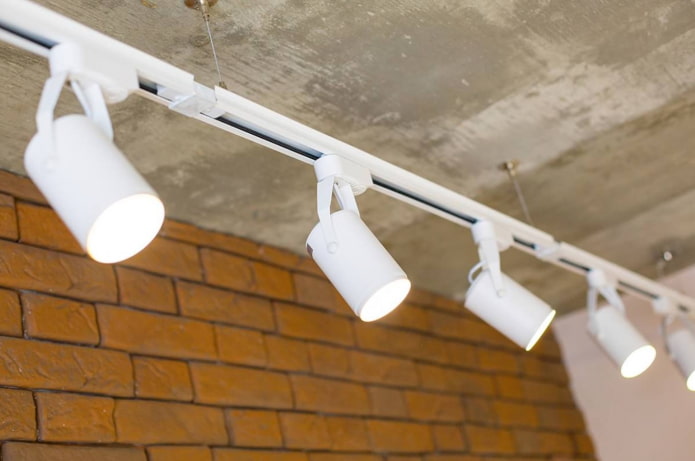
 10 practical tips for arranging a small kitchen in the country
10 practical tips for arranging a small kitchen in the country
 12 simple ideas for a small garden that will make it visually spacious
12 simple ideas for a small garden that will make it visually spacious
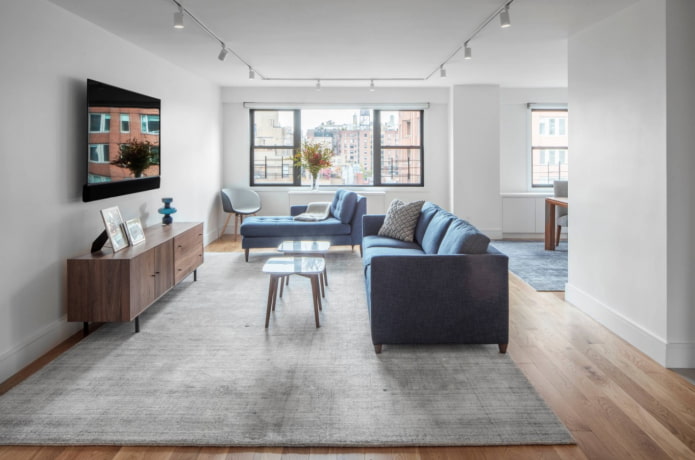
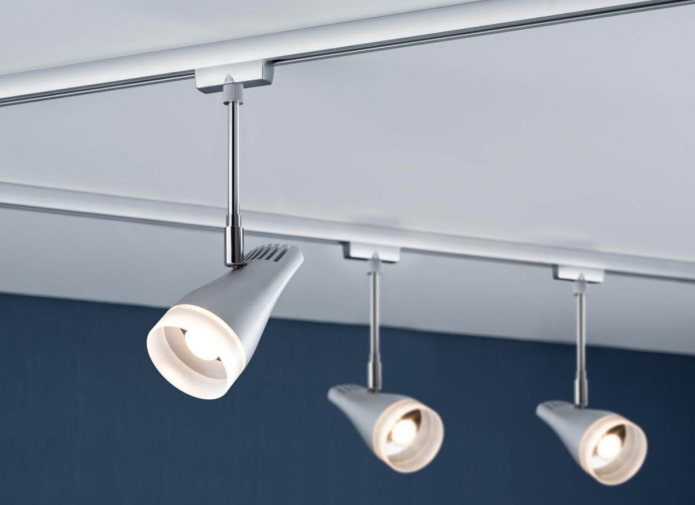
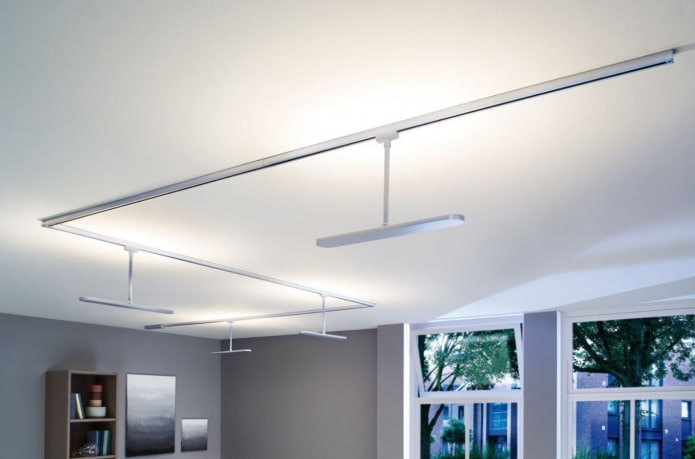
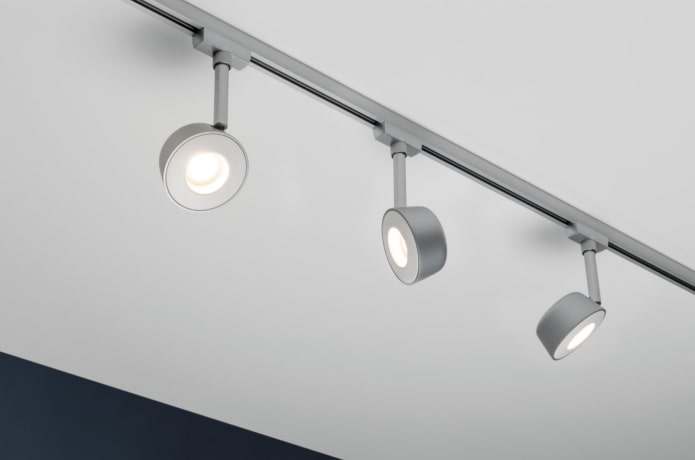
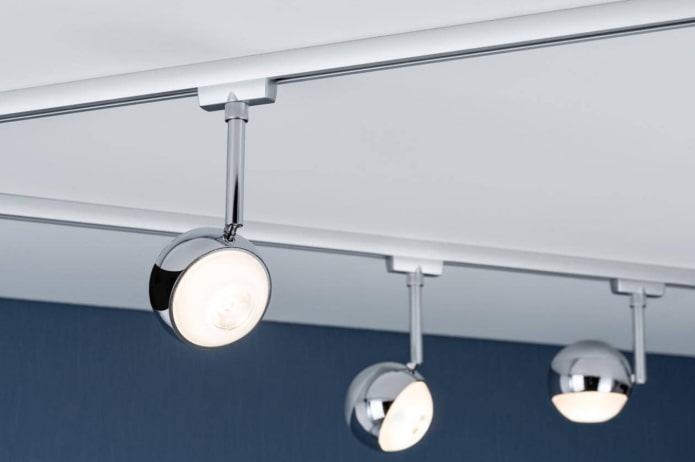
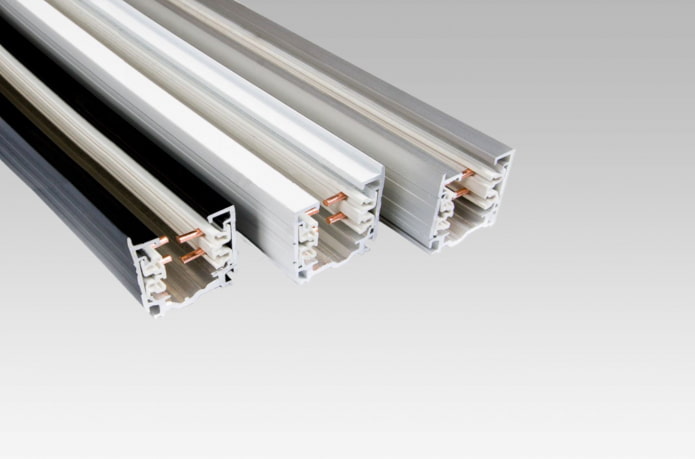

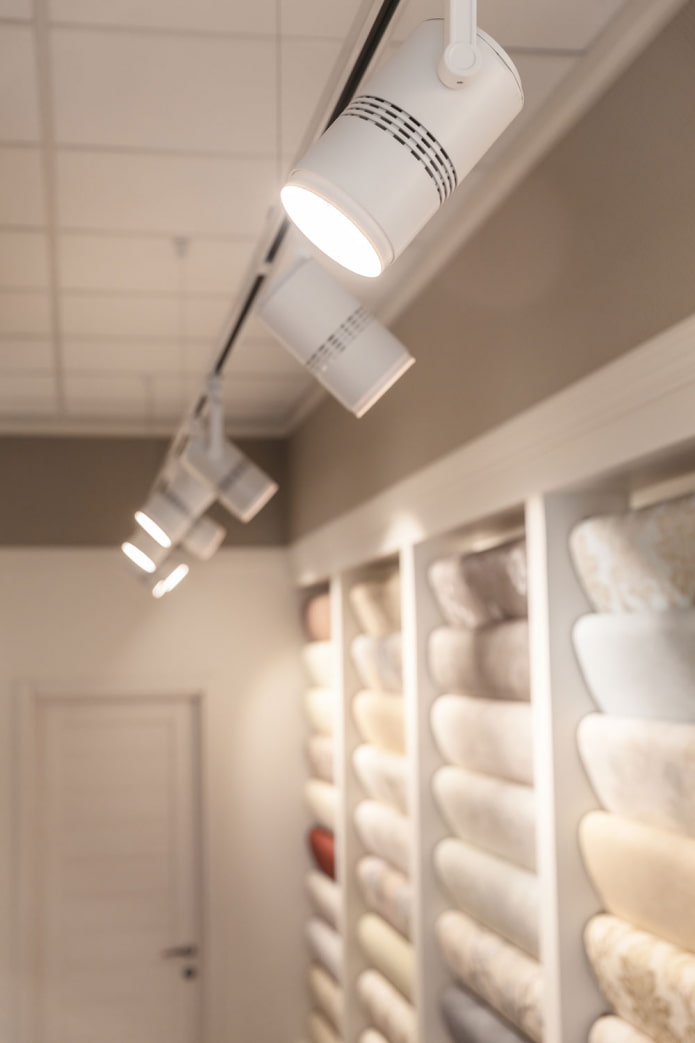

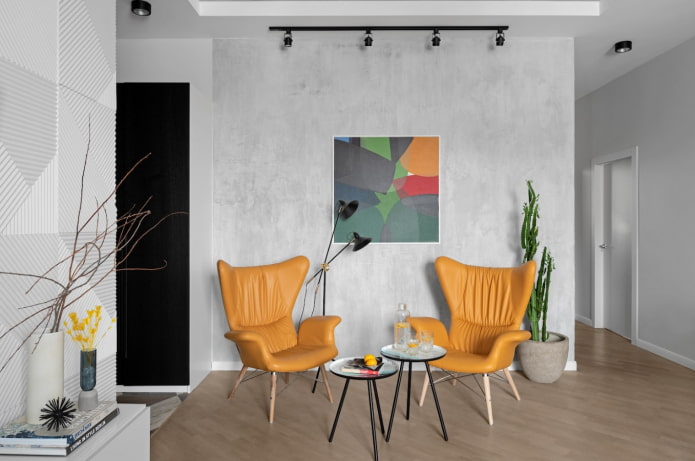
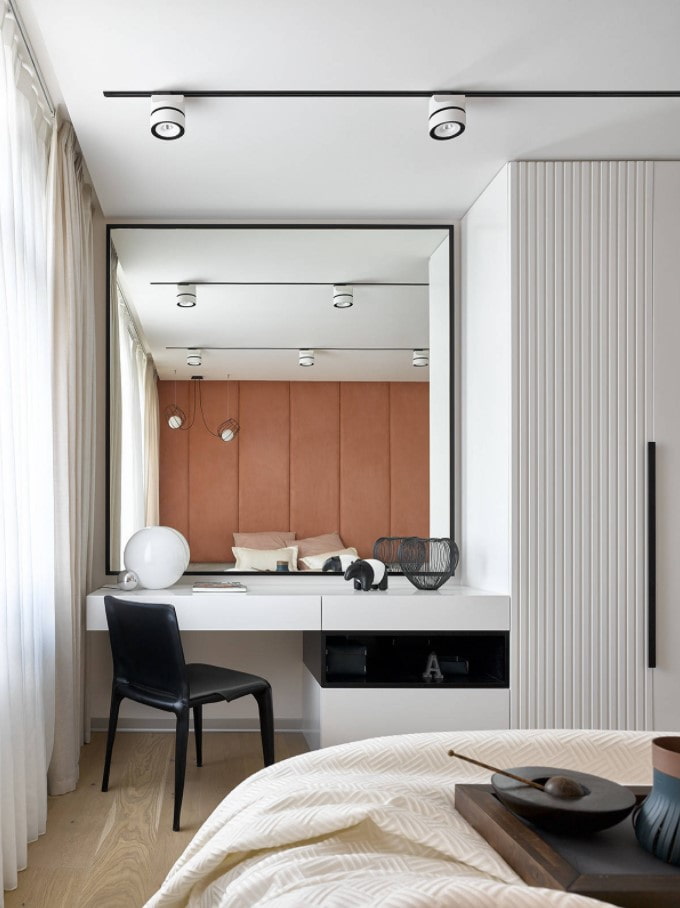
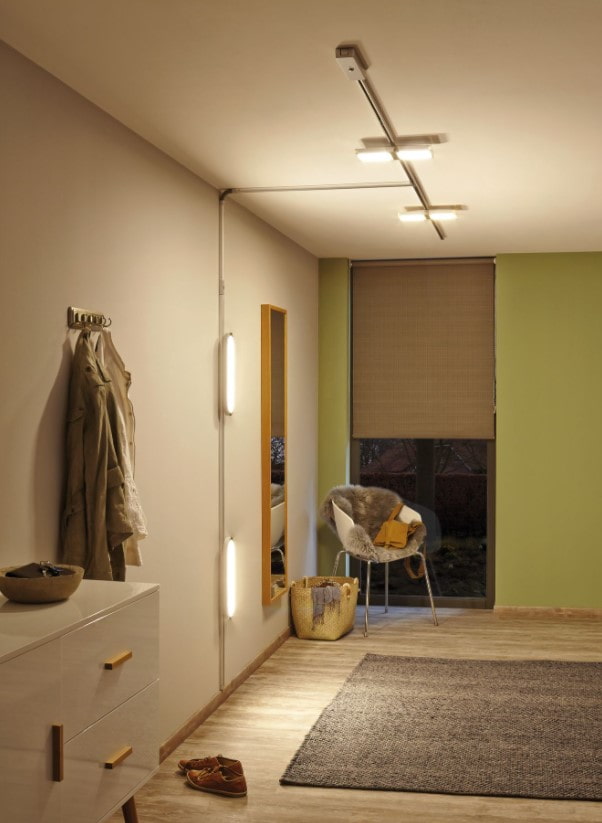
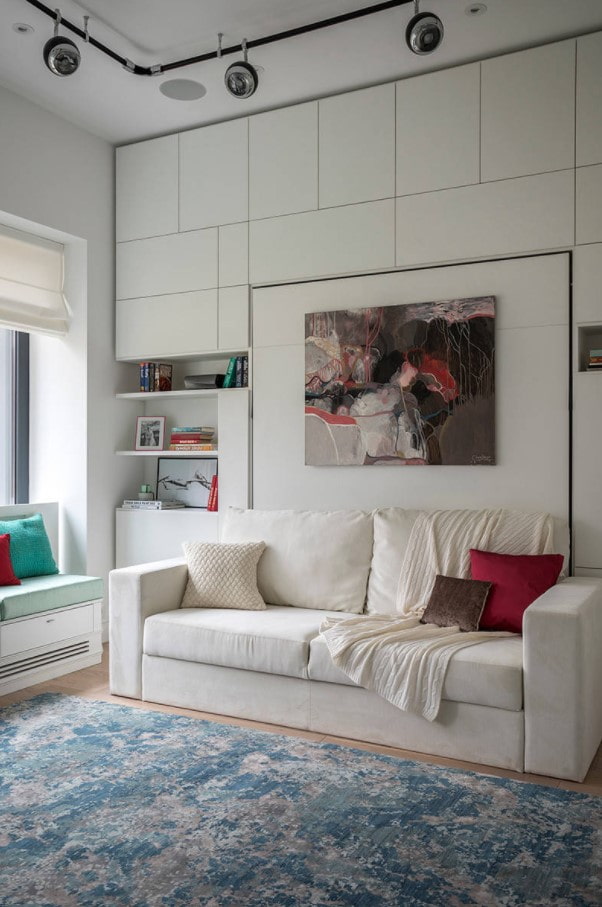
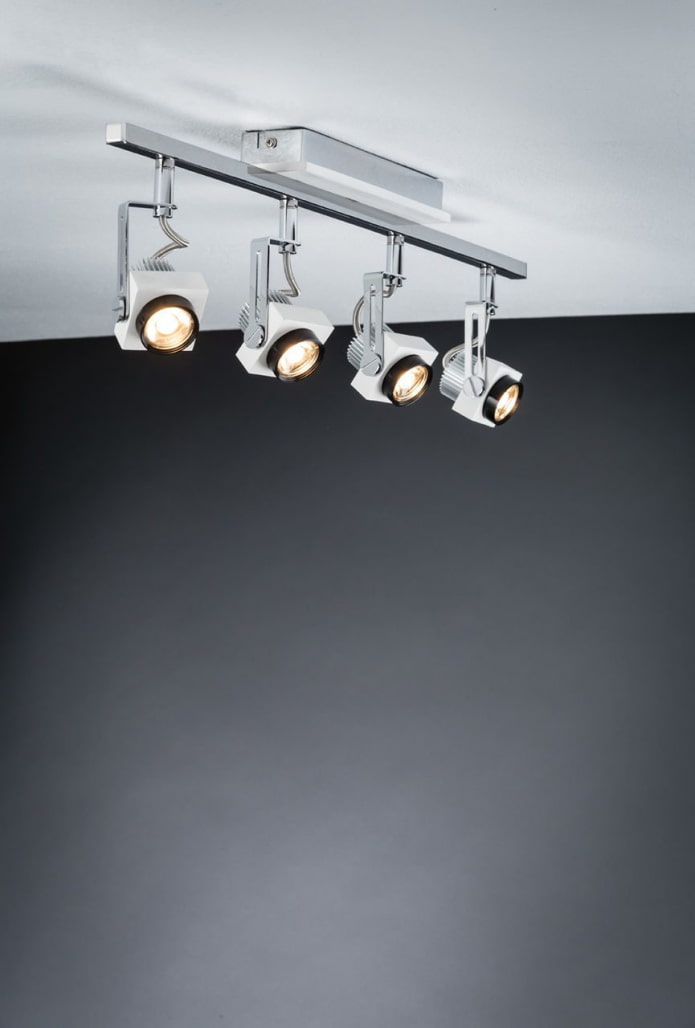
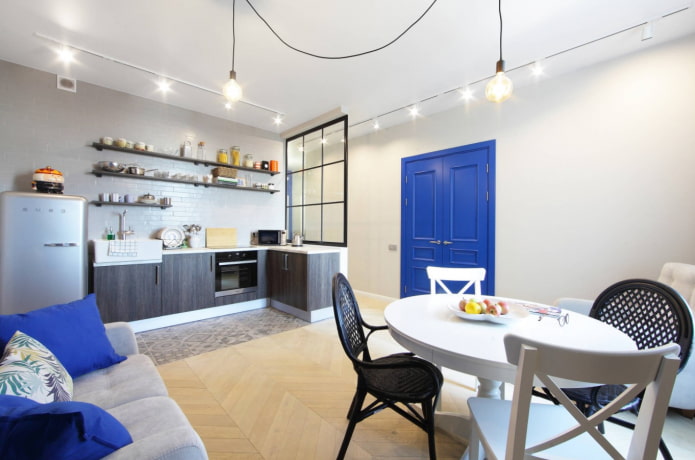
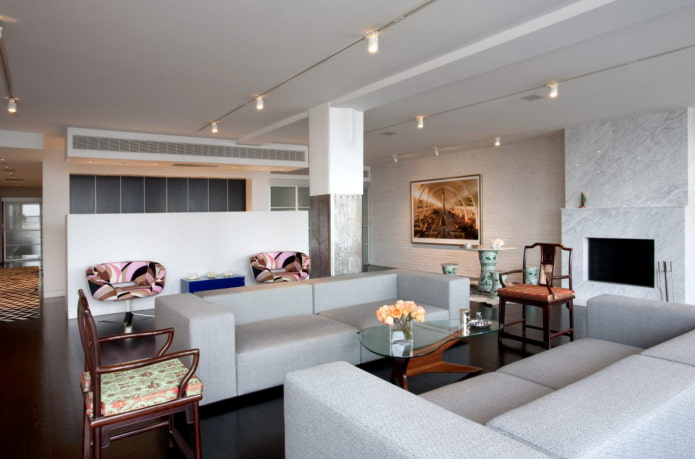



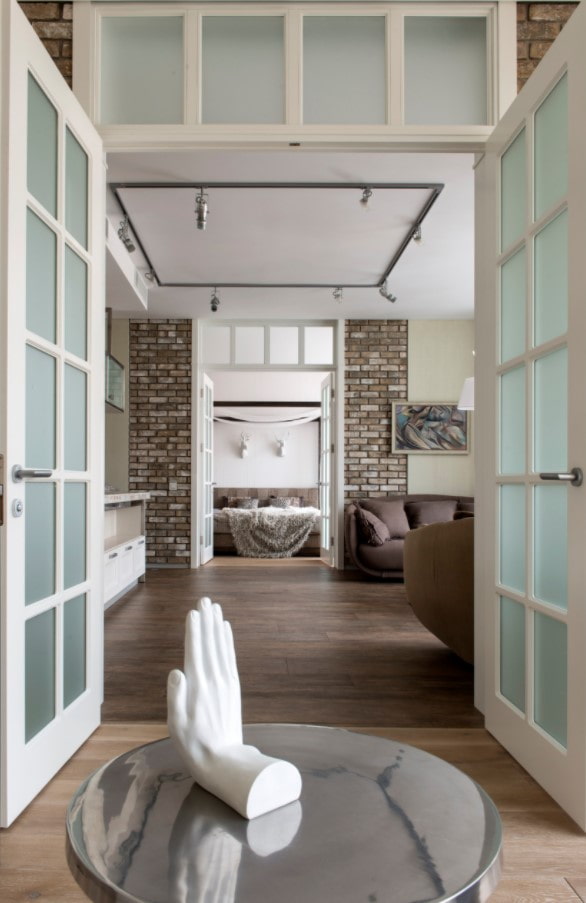
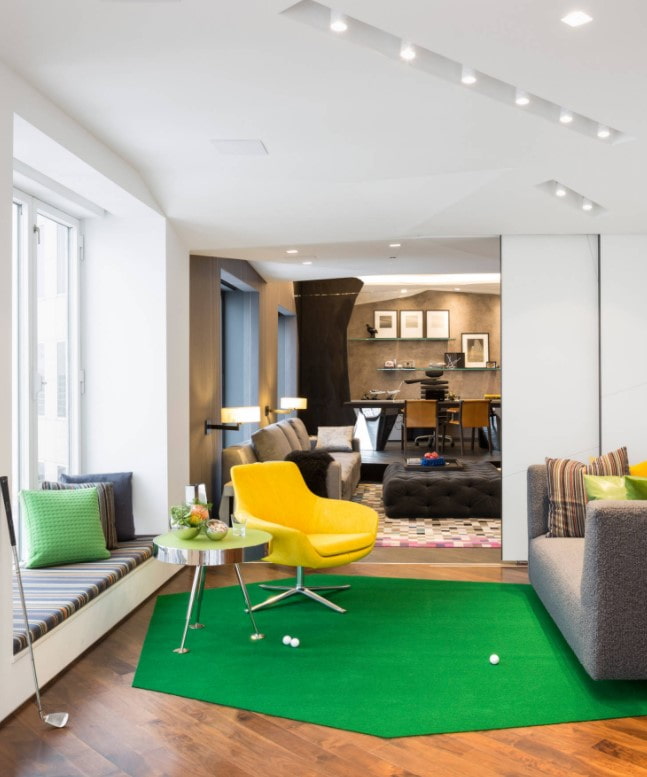

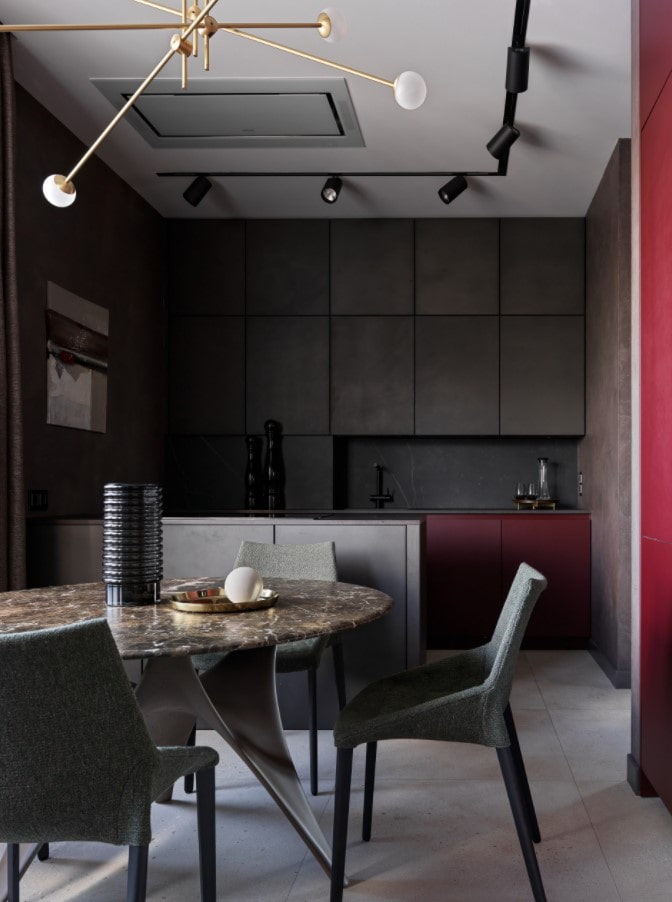

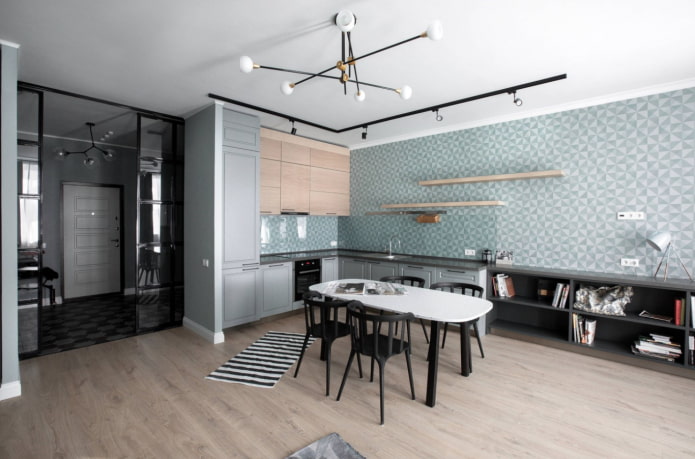

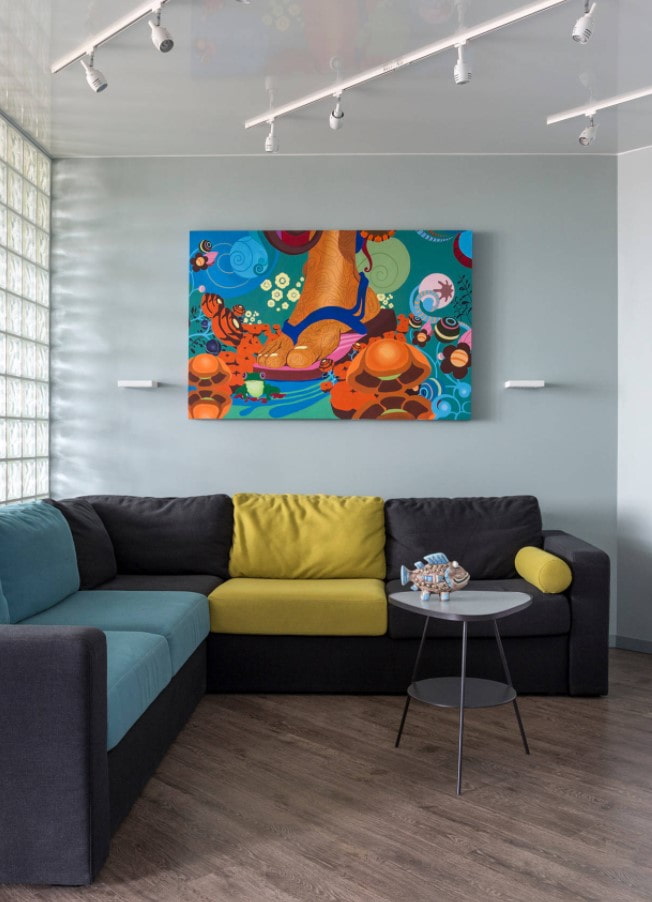
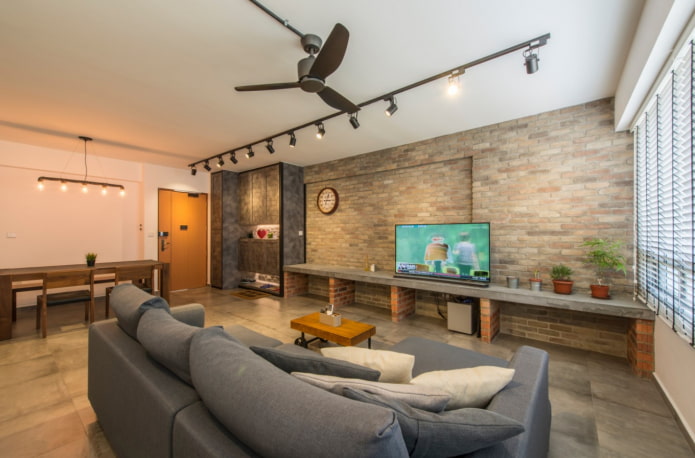

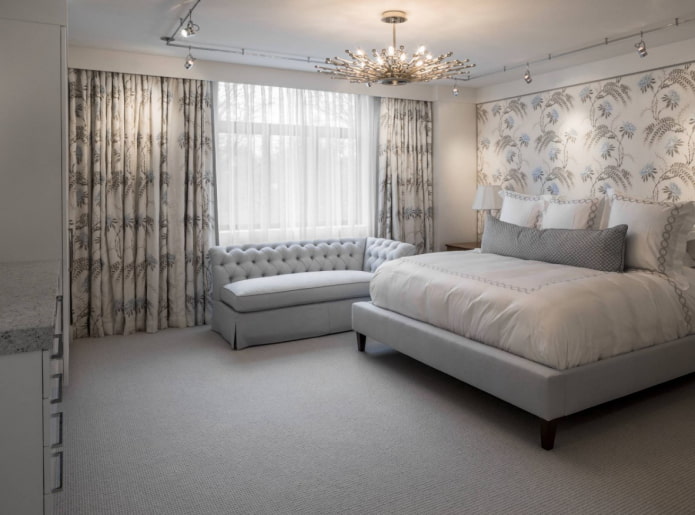
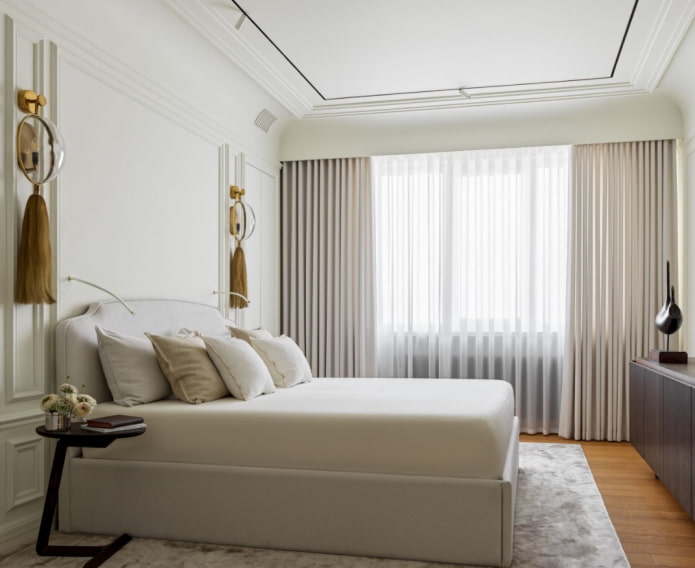
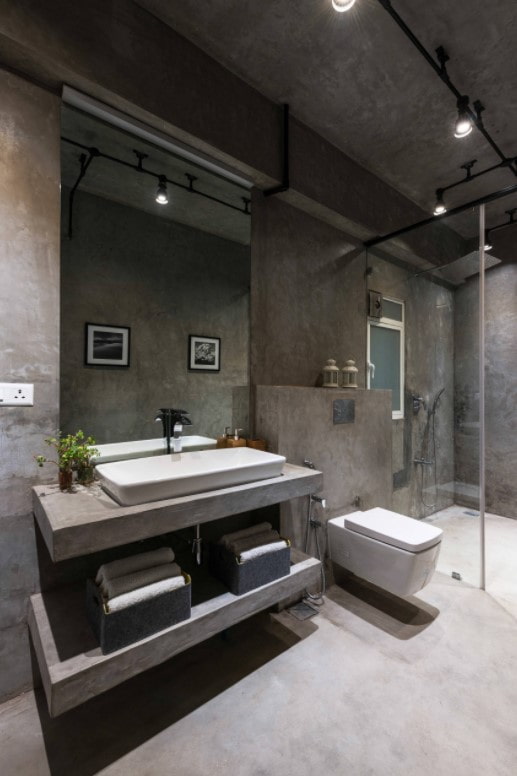
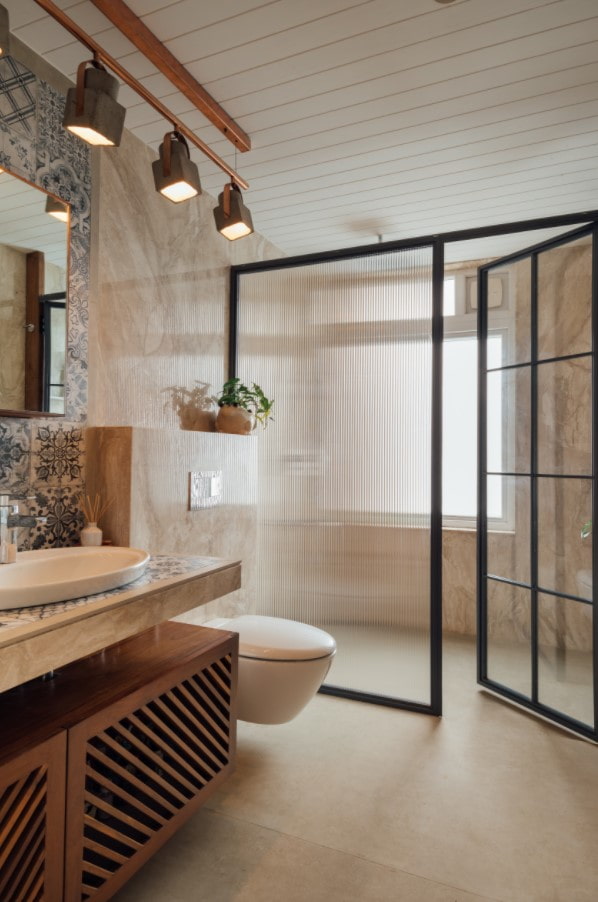
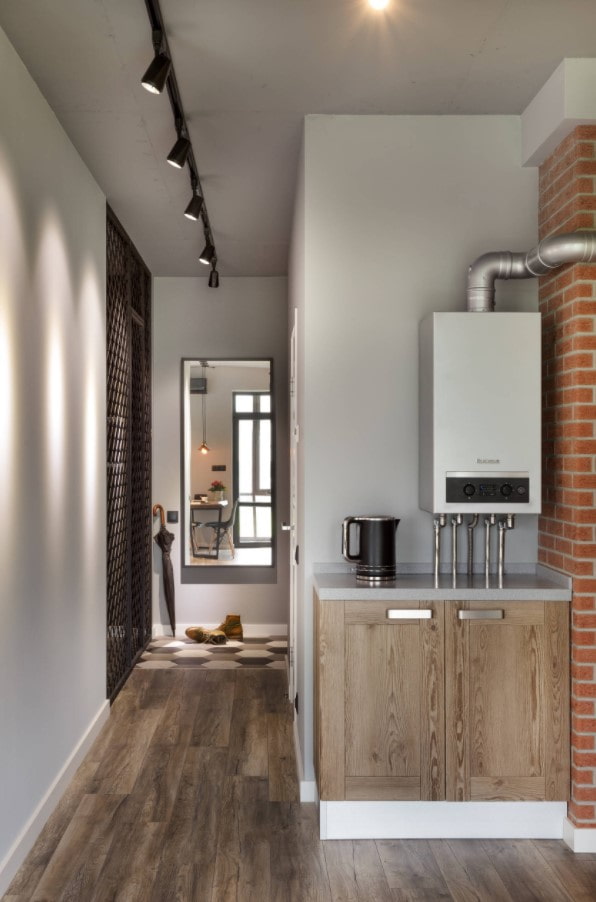
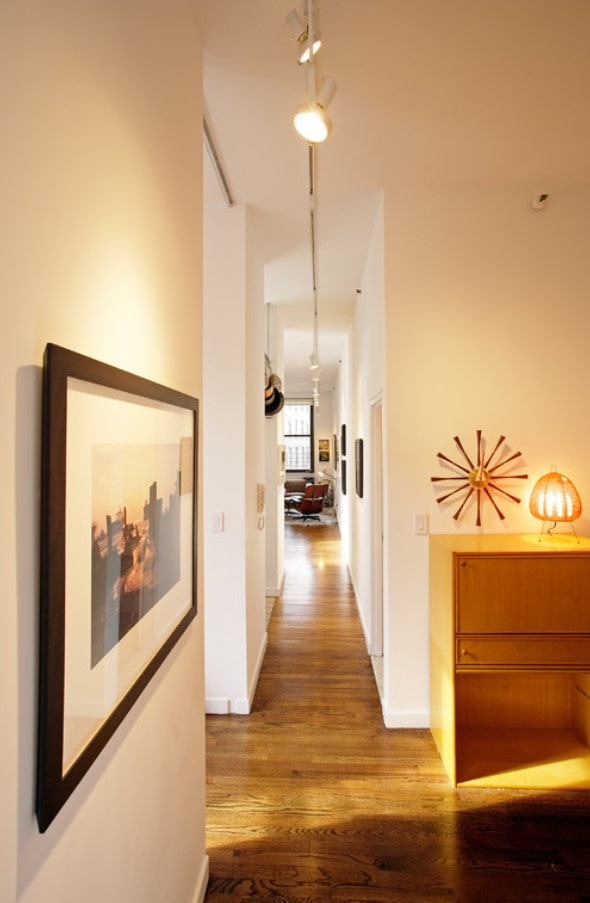
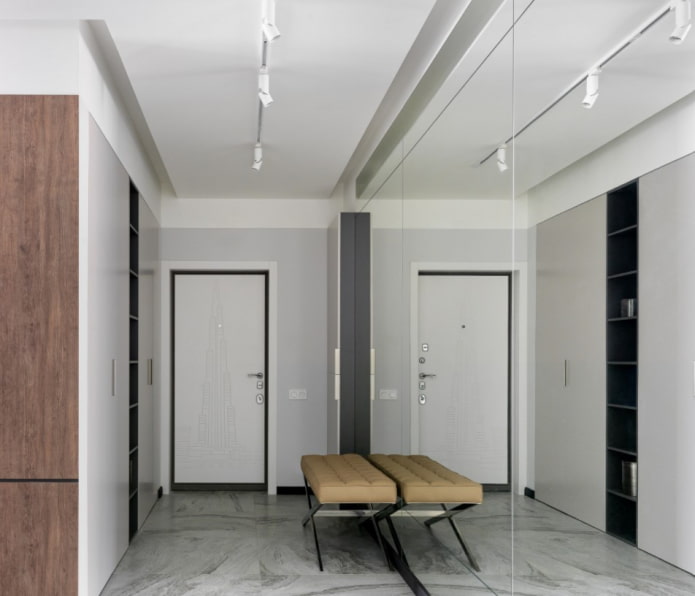

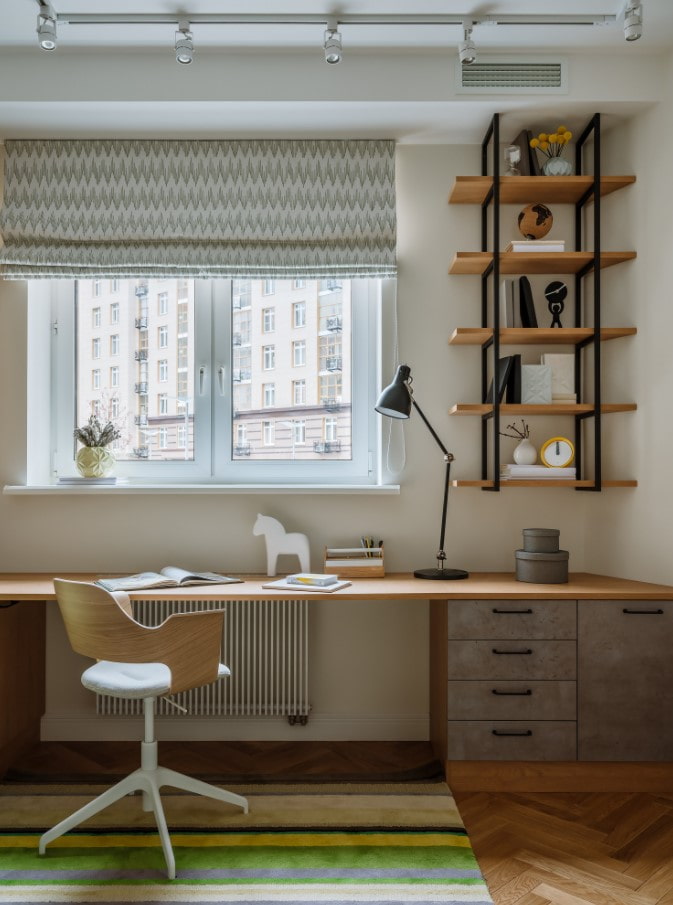
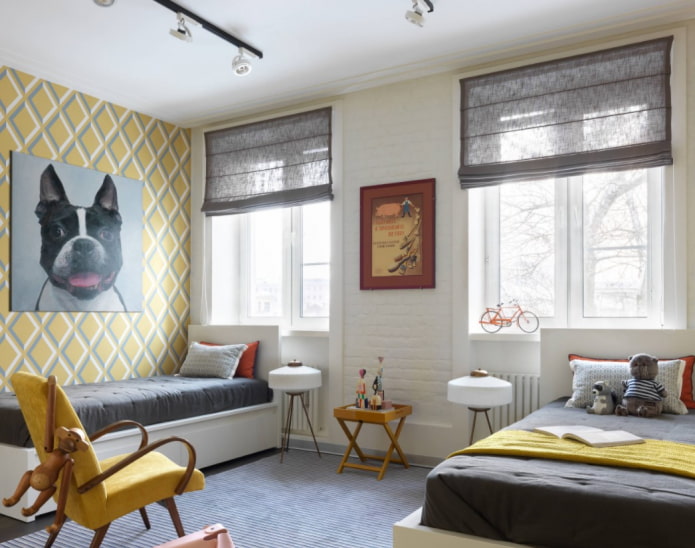
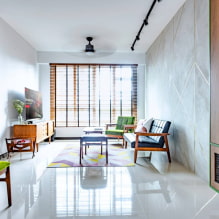
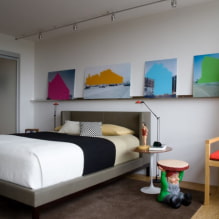
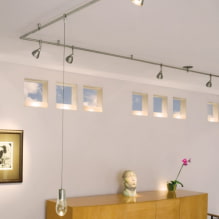
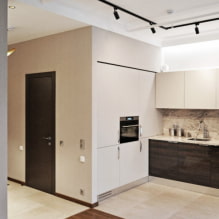

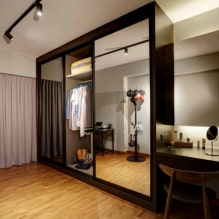
 13 bad habits a good housewife shouldn't have
13 bad habits a good housewife shouldn't have 24/7 home cleanliness - 4 secrets for the perfect housewife
24/7 home cleanliness - 4 secrets for the perfect housewife 6 hotels in Sochi that will give odds to the promoted foreign hotels
6 hotels in Sochi that will give odds to the promoted foreign hotels Top 10 interior design trends 2020
Top 10 interior design trends 2020 Rating of cheap TVs with Smart-TV
Rating of cheap TVs with Smart-TV New Year's LED garlands on AliExpress - we disassemble while it's hot, so that it's bright at home
New Year's LED garlands on AliExpress - we disassemble while it's hot, so that it's bright at home